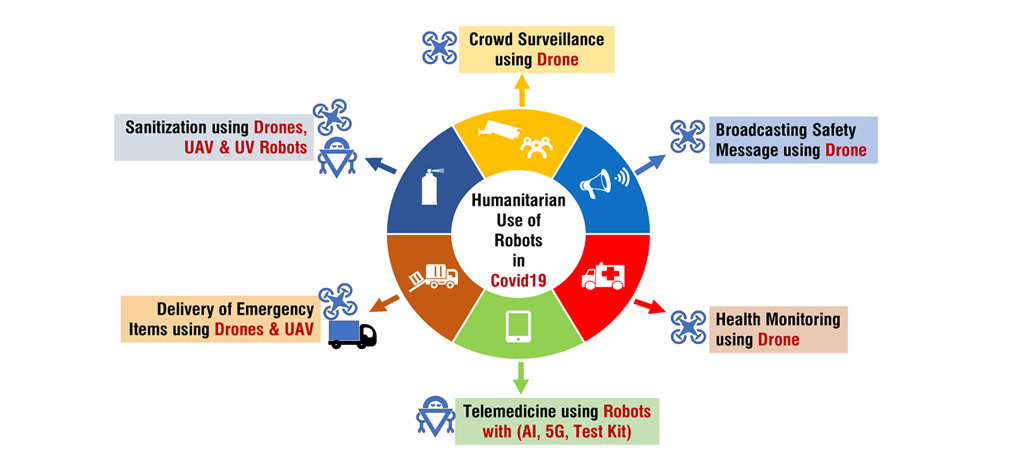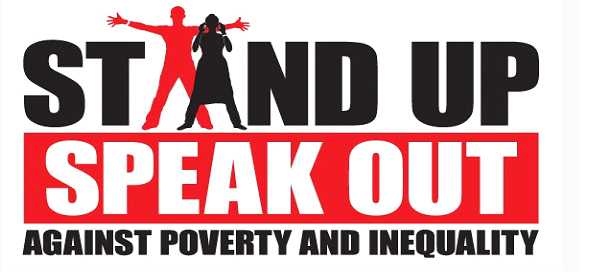What is COVID-19
ICTV (International Committee of Taxonomy of Viruses) and WHO (World Health Organisation) on 11th February 2020 has announced the official name of the diseases as “corona virus disease” or “COVID-19” caused by the virus “severe acute respiratory syndrome corona virus 2” or ‘SRSS-CoV-2”. It’s a contagious disease which spreads rapidly from any respiratory droplet of infected persons or infected area. As the symptoms of this disease is very common like sneezing, coughing and breathing problem, not much focus was given to this pandemic disease at initial stage, just like many other delinquent activities of human beings towards environment. The consequences of such heedless actions are thousands of death, 15% increase of unemployment rate in India after mid-March, locked down of serious patients at home without treatment, desperate activities of daily wage workers to return home for food, violence in the society from fear and hunger etc.
Effect on Children:
As per medical practitioners children are very soft target for Corona virus and it becomes deadly for them as the immune system of children is very low. In addition the confinement inside the home is also damaging the mental health of the child. The outbreak has mostly altered the lifestyle of all children who are born-enriched with plenty of energy, curiosity and
beautiful mind which flourishes more through their daily restless activities. No virtual medium can replace nature as the only learning platform for a child. The environment of a society build the character of children, help them to grow up which has stalled for a while due to the locked down situation throughout the world. Though in another way this unusual
situation will help child to gain patience, to learn their own way of getting out of boredom, and also through proper parenting they will be able to master the technology for their wellbeing.
Effect on Young adults:
Nothing more can become a punishment for youngsters than locked at home for the whole day. Youngsters are involved in various fields of activity from academics to outdoor games, from jobs to social life. The development of a nation largely depends on the progress of young ages which is now struggling with various issues due to this unprecedented situation.
Though the pandemic has forced everyone to maintain social distancing but every setback is an opportunity for the youngster to explore their skills and talent. To overcome this shadowy situation of the whole world, all the students from different academic background along with technologists, researchers are hunting for the solution, which incidentally unfold many
alternatives for other existing problems we never thought of. In search of solution for corona virus and action against it, civil engineers have made it possible to build a hospital in Wuhan within 10 days for the corona patient. To avoid the spreading of infectious virus, engineers have used drone technology to supply food, medicines, equipment etc. in the affected zone,
which in future will help to deliver essential commodities and medicines at right time. Students are utilizing online platforms to learn advanced topics, accessing lectures on different topic by eminent professors which scrap out the disappointment of a student of not being able to get admission in reputed university. Moreover the situation reflects one quote of Ex- US President Barack Obama, “When disaster strikes it tears the curtain away from the festering problem that we have beneath them”.
Effect on Old age:
The fatality rate for old age person over 80 is more than 15% according to a data from China. Older age is more vulnerable to corona virus because of social and physical reasons. Most of the older people are already succumbed in many critical diseases like diabetes, sugar, heart block, and lung disease etc. which weaken their immunity to fight against corona. Again
many of them stay isolated in home depending only on nursing care which makes thing more difficult for them to manage daily needs during this imprisonment. The fear of getting sudden serious attack breaks them mentally. Also as all the hospitals and treatment centres are overcrowded by corona patients, they are not getting quality care and treatment this time.
Considering these facts many state governments are taking steps to keep in touch with those old residents which lower down the full dependency on nursing system at some scale, create opportunities and ways to get direct help from government, get training on digital system through various media, newspapers and social service providers, which helps them to handle various banking problems through online mode and get online delivery of necessary medicines without stepping outside at their critical health condition.
Furthermore this disaster came out as a stroke of luck to environmental system which was getting worse day by day. The environmental pollution index throughout the globe is declining every day in a dramatic way after lockdown which makes us believe that the world is a self-healing system which balances all the ebb and flow on its own way. As every war ends with peace agreements, similarly this disaster as bane which has taken the camouflage of cloud to cover the light of blessings of almighty, will move away lightening up the world with all the blessings to human life. It’s time to prove our humanity, show our integrity, generosity towards needy and indomitable will to conquer the battle against Corona Virus.













